Art and Mental Health Interview with Robin Reardon
On music as it relates to the writing process, Pain Reprocessing Therapy, how her work has positively impacted queer teens, and her Myers-Briggs ...
A while back,
sent me a message that said, in part, “I’m a trained musician as well as an author. While I work on my novels, music plays a big role in my inspiration. Sometimes it has been the seed for an entire novel. Other times there’s a style or genre I play much of the time I’m writing. For a couple of my later novels, I even provide a playlist.” I was immediately intrigued. Although I enjoy music, I know that I don’t feel it or experience it the way that people do who are really musical, and as a result have long found myself interested in what musicians and deep music lovers have to say because they often hear something that I don’t.As I said, I was immediately intrigued, and yet life pushed things aside and I didn’t get a chance to catch up with Robin again until recently. I always feel a little guilty when it takes me time to respond to someone who has so generously offered to share parts of their world with me. But I simultaneously believe that all things do happen in the time that they are meant to happen. And I am able to give focus and attention here today to share with you this beautiful interview with Robin. Robin will tell us more about music as it relates to her books and we’ll also learn a bit about Pain Reprocessing Therapy, how her work has positively impacted queer teens, and what her Myers-Briggs is …
First, what would you like us to know by way of introduction to who Robin is?
I’m an inveterate observer of human nature, creating stories about all kinds of people, some of whom happen to be gay or transgender or bisexual or intersex—people whose destinies are not determined solely by their sexual orientation or gender identity. I write endings that are realistically hopeful rather than sugary and/or "happy ever after." I'm told my writing makes people think.
What would you be open to sharing with us about your own history of mental health?
For the past few months I've been exploring a process known as PRT, or Pain Reprocessing Therapy. I've experienced chronic muscle pain for two decades, and although some of it has mechanical or structural causes, much of it is coming from unresolved physical trauma in the brain. PRT works to address this latter type and help the brain (primarily the reptilian complex, or "lizard brain") understand that the danger it is reacting to is gone, and that now, "it is safe." It will be a long process, but I do see progress. One challenge for me is to find a way to communicate with the part of the brain responsible for instinct, which is where the non-structural pain is coming from. I think art can help with this, though I can't (yet) articulate why.
I’ve been realizing more than ever through my visual interviews that there are certain things we can express through art that don’t necessarily have words.
So, let’s talk a little about art … what’s your own history with creativity?
I have always written. When I was 13, I hand-wrote several short stories about a teenage girl in nineteenth-century Canada: "Oh, That Taylor Girl!" Jessica Taylor was always getting into scrapes. Once she was kidnapped by fur traders. Sometimes her boyfriend helped her get out of these scrapes, but more often she managed to save herself. My classmates would line up (figuratively), waiting for the next installment. I kept a log of whose turn was next. I've lost track of these scrawled pages, and it's probably just as well. But the experience—and the memory—help keep me writing.
How have mental health symptoms impacted the content of your writing?
I write in first person. Otherwise my writing tends to be stilted, even didactic; who wants to read that? Being first-person, it's therefore personal. The scenes of my fiction take place vividly in my head, and readers often tell me they feel as if they're in the scene that's unfolding in the writing. I don't know whether there is a mental health aspect to this, but it strikes me as important. And just as I experience life, my writing embeds scene description into the story's action.
How have symptoms impacted your creative process/ productivity?
I'm fortunate in that I have no trouble finishing a book or a story. I'm also fortunate that I don't suffer—as many excellent writers do—with impostor syndrome. This doesn't mean I have no doubts; it just means it doesn't stop me.
Where I get bogged down (and this is very typical of writers in general) is in the process of getting my work in front of readers. In Myers-Briggs results, I'm INTJ: Introvert, Intuitive, Thinker, Judge. On this scale, the introvert isn't necessarily shy; rather, they find inspiration from internal rather than external sources. So things like marketing and sales strategies make my hair hurt. But in the current marketplace, I must do them if I want to sell books.
Which reminds me of another way I'm fortunate: I write because I have to write, not because I need to sell books.
I really appreciate that perspective; marketing is tough for a lot of creatives. I, too, write because I have to write … but over time have found that with my mental health parameters, it’s really tough for me to hold down a “9-5” and also to write, so I have made writing my living … which means I “need” to sell books (or Substack subscriptions, or something) even though I would also write even if I didn’t.
Responding to what you said about impostor syndrome … I’m curious, then, if there’s any relationship for you between mental health and self-identity as an artist?
Not at all, really. Even when I've worked in computer management and in business communication roles, I've always thought of myself as a writer. I can't identify a mental health factor in that. Perhaps I need to dig a little deeper?
Maybe … or maybe not … although we all live with mental health that intersects with everything, it doesn’t necessarily mean that there has to be a deep relationship with each aspect of that. I think it’s perfectly valid to just be a writer, know you’re a writer, and that’s that.
But that’s about self-perception … what about your experiences of perception/stigma by others about your writing?
My stories are all about queer characters, though I'm het/cis myself. What inspired me initially was the heart-breaking statistics of teens who commit or attempt suicide because of being tormented by other teens and/or adults and/or laws and policies that tell them they are bad, or evil, or damaged because they're gay or trans or intersex or whatever. I started writing stories about gay teens. More recently my stories feature characters in their twenties.
Much appreciation to you for shedding that light. Those statistics continue to be heartbreaking even as we raise awareness. It’s powerful when we use our creative voices to create change.
I have received many emails from both teens and adults who say my work has helped them. In the more drastic cases, I've been told a reader avoided suicide. A young girl said my book Thinking Straight had saved her gay younger brother and had helped his parents in their efforts to understand him.
That’s so inspiring. At the same time that art helps others, creativity is often personally healing as well.
How is art therapeutic/cathartic/healing for you?
Art, whether it's visual or auditory or verbal, has always helped me see myself—and see into myself—better. But the greatest epiphanies have come when I work to express myself, when I try to communicate what I want to say through art. I don't know who said this first, but I'll repeat it here: A poem is an egg with a dragon inside. I hope my fiction has at least some aspect of that phenomenon.
I’ve never heard that before. I love it. Any additional thoughts on how art heals?
Although I have no specifics to offer, I have many times heard of instances where someone expressing themself through art has helped them find balance. It's no accident that art and music therapy are often used to support people with mental health challenges.
In what ways has art/writing been complicated for you (as opposed to entirely cathartic)?
Sometimes as I'm writing I get into a kind of zone where three hours seem to go by in thirty minutes. Other times I weep as I write and must stop to allow feelings to work themselves out. I can't say whether it's my writing process or the degree to which I identify with my characters that brings these moments about.
In summary, for you, what is the relationship between art and mental health?
The true value of art is in its subjectiveness. Two people might stand side-by-side and observe some visual art piece and yet come away with different impressions. I would hope they would compare notes and thereby each see the other's point of view. Fiction has a particular role to play. As I see it, fiction allows us to examine a person's innermost thoughts, feelings, even their mental health without jeopardizing anyone's privacy or peace of mind. And it often shows us an image of ourselves, even if we might not want to see it.
Many of my stories have been inspired by music. My series Trailblazer includes three books where music was so much a part of the process that I included playlists in each book. And If I Fall and Throwing Stones were stories I wrote after being inspired by two different songs. Music, like visual art, touches on the universal; and as a writer I almost hate to say this, but they can make verbal communication unnecessary.
I’d love to know a little bit more about how music intersects with your writing process ..
My Trailblazer series, in particular, not only features a relationship between me and the music I played while writing, but also it inspired my work in character development and, in fact, it played a role in the developing relationship between two lovers in Book 3, helping each to allow the other to see and understand their vulnerabilities.
Oh do tell me more …
Book1 (On Chocorua): Nathan Bartlett is a college freshman when his adored older brother Neil dies in a forest fire while hiking. Neil’s death comes as he and his friend Jeremy, huddled inside a fire shelter too fragile for the inferno descending on them, use their satellite phone to call the people they love to say good-bye. Nathan hears the young men’s final screams. At the funeral, Neil’s fiancée (Cotton) plays what she says was his favorite song, “Live It” by the bluegrass band Cherryholmes. Nathan hadn’t even known Neil liked bluegrass. This bothers him because he’d felt as though he must have known Neil better than Cotton did.
Book 2 (On the Kalalau Trail): Nathan, now a college senior, has followed in Neil’s footsteps to become the mountain man his brother was growing into. The grandmother who’d raised him and his siblings has died, and it’s time to clear out the house he grew up in so he and his sister can sell it. While going through Neil’s possessions, Nathan remembers one line from a song and searches for it on the internet. Turns out it’s from another bluegrass number, “Buy For Me the Rain” by the Nitty Gritty Dirt band. The line: “Gravestones cheer the living, dear; they’re no use to the dead.” Then Nathan finds the song on Neil’s computer. Now he’s disturbed; this is the second time Neil’s fondness for this music had caught him by surprise. He thought he’d known his brother. Feeling guilt at his own inadequate perception of his brother, and inspired by the Hawai’ian slack key guitar music a hiking friend and sometimes-lover plays for him, Nathan goes on a kind of spiritual quest to Kaua’i, seeking connection with his dead family members, whom he feels he should have known better than he did.
Book 3 (On the Precipice): Nathan at 23 is now a hiking adventurer, having stepped figuratively into the boots the fire had burned from Neil’s feet. Then he meets and falls in love with a man (Drew) whose hiking chops were greater than Nathan’s before he fell. Now Drew lives life in a wheelchair. Both men are hiding pain from each other and from themselves, and one thing that both pulls Nathan toward Drew and pushes him away is Drew’s love of bluegrass; it brings up painful memories of Neil because of the sense of guilt for falling short of a connection that Nathan now sees as one-sided. One singer/songwriter in particular, Molly Tuttle, breaks through Nathan’s shield against this music as he realizes how many of Tuttle’s lyrics pertain to his life and to his relationship with Drew. The final song I use in the story is when Nathan realizes how well Tuttle’s song “Good Enough,” which is an honest expression of how perfection in relationships is beyond unlikely, applies to his life: “good enough” can be pretty great.
Thank you for sharing all of that. I think it’s really powerful for other creatives, especially writers, to see how art and music show up in the works of others even in ways we might not realize at first.
After completing the earlier questions, what is something else you’d like to make sure we know?
I would encourage anyone with mental health challenges—diagnosed or otherwise—to seek ways to express themselves in some kind of art. They might create it, or they might experience it. Either/both will help. I can't draw; stick figures challenge me. And yet I love visual art.
Sometimes art disturbs. That's not necessarily a bad thing; if we can't understand what troubles us, we can't overcome it, or get through it, or deal with it effectively.
Connect with Robin at
as well as on her website and on Facebook.A few of my favorites from Robin to get you started:
If you read this far, perhaps you liked the work. The work does take work. It only continues with support, so please consider subscribing. My annual rate starts at $10 per year.

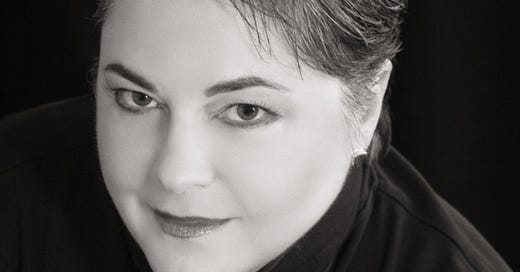




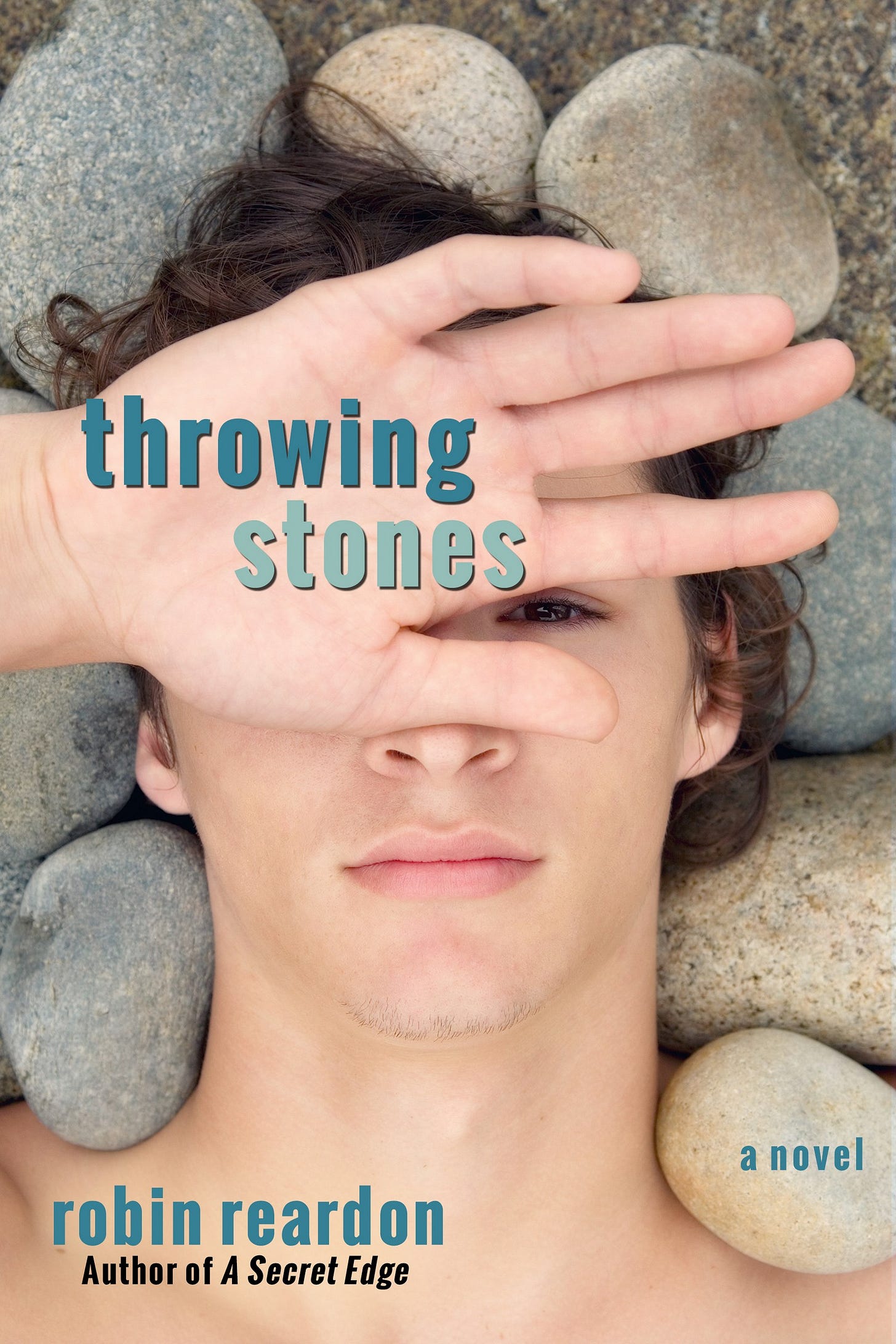
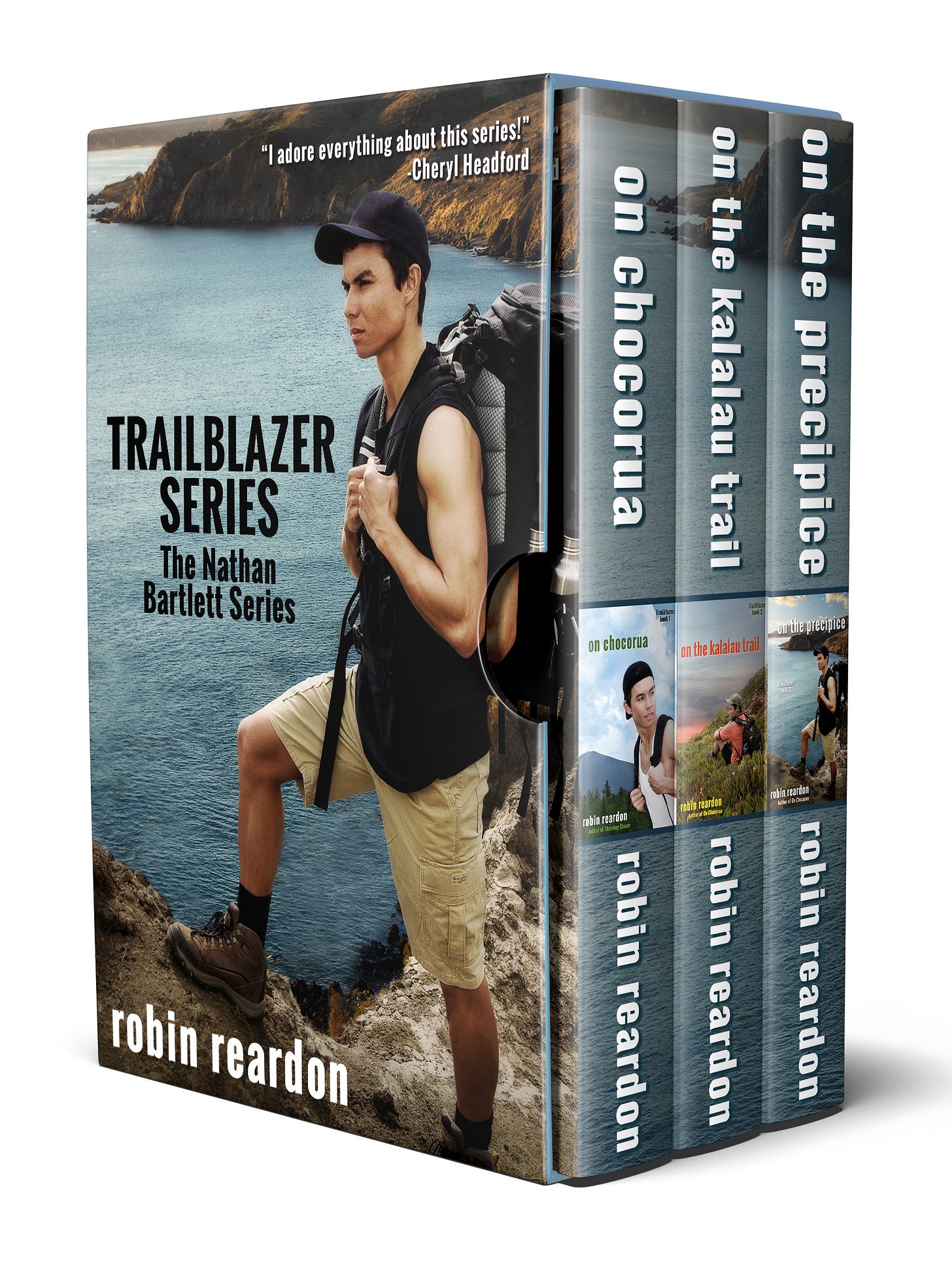

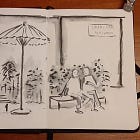
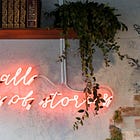

Great interview. I love this: “My series Trailblazer includes three books where music was so much a part of the process that I included playlists in each book.” …. That’s very cool. How wonderful would it be for a listener to be listening to a playlist while reading the book….. immersive.
Thank you, Robin, for this line, which is new to me: “ A poem is an egg with a dragon inside.” Definitely one to keep close!